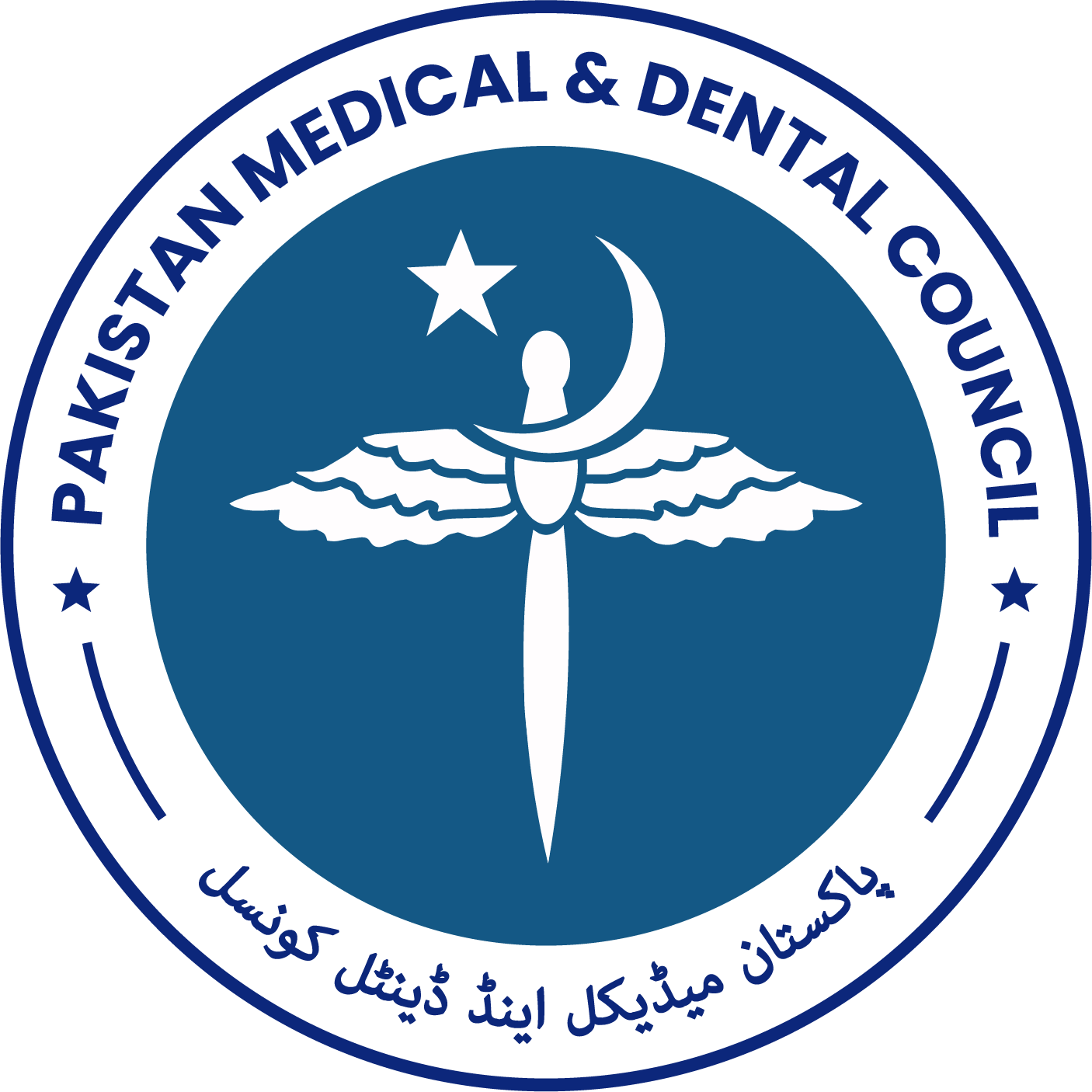Diagnostic Accuracy of Contrast-Enhanced Computed Tomography (CECT) and Ultrasonography (USG) in Diagnosing Carcinoma Gallbladder keeping Histopathology the Gold Standard
Abstract
Objective: To evaluate the comparative role of ultrasonography and contrast-enhanced computed tomography
in diagnosis of carcinoma gallbladder. Early experience at a hepatobiliary unit in a tertiary care hospital
Study Design: Cross sectional study.
Place and Duration of Study: The study was carried out at the Hepatobiliary Unit of the Pak Emirates Military
Hospital, Rawalpindi from July 2021 to June 2022.
Materials and Methods: USG and CECT scans were used to assess the diagnostic accuracy of Carcinoma
Gallbladder. 30 patients, with an average age of 54 years, were part of this study. Patients were included in the
study based on radiological findings pertinent to gallbladder cancer which include gallbladder fossa mass
replacing gallbladder, focal/intraluminal/polypoidal gallbladder growth and asymmetrical/diffuse thickness of
gallbladder. All resected specimens were sent for histological investigation after the operation, histopathology
serving as the Gold standard.
Results: On USG and CECT examination, 13.3% of the gallbladders were contracted and reduced in size, while
70% were large and distended. CECT has a sensitivity and specificity of 96% and 80%, respectively, in identifying
GB carcinoma. USG scan had a sensitivity and specificity of 92% and 60%. There was a test of agreement is
excellent (Kappa value 0.819) between the two techniques, indicating that the two diagnostic modalities are
nearly equivalent in terms of diagnosing carcinoma Gallbladder.
Conclusion: The study findings indicate that both USG and CECT scans are ideal, non-invasive, safe imaging
modalities for diagnosing gallbladder carcinoma. CECT scan has an additional advantage in defining the
extension of the disease and involvement of surrounding structures including lymph nodes and hepatoduodenal ligament.
Copyright (c) 2023 Raza Haider, Muhammad Qasim Butt, Muhammad Babar Khan, Jamil Salamat Ullah, Mansoor Tariq Azim, Sadia Ibrar Khan

This work is licensed under a Creative Commons Attribution-NonCommercial 4.0 International License.

















